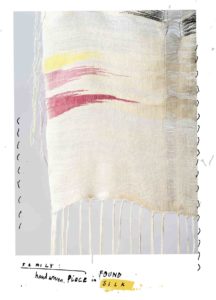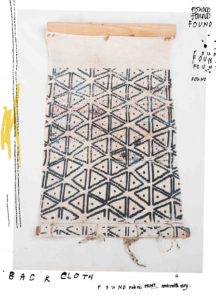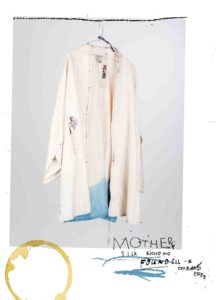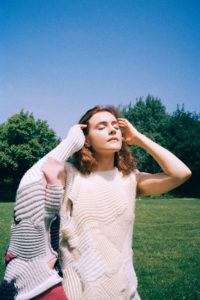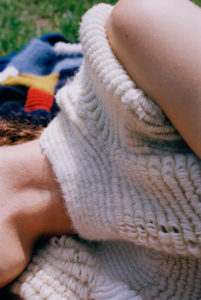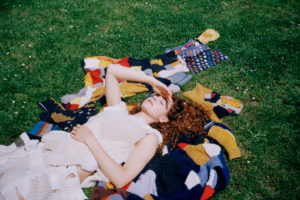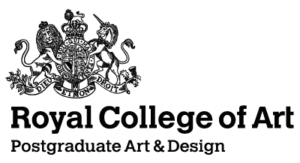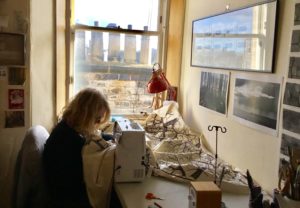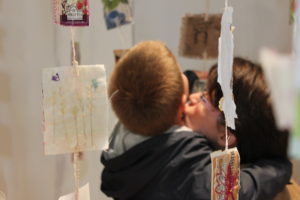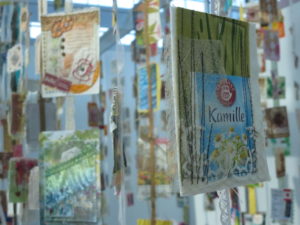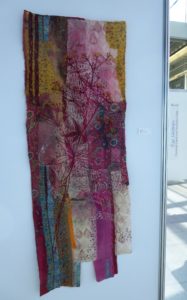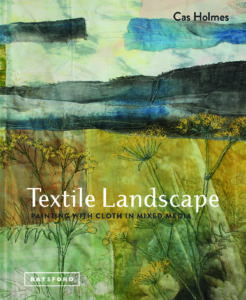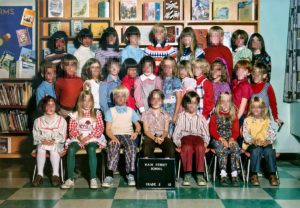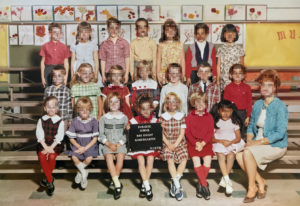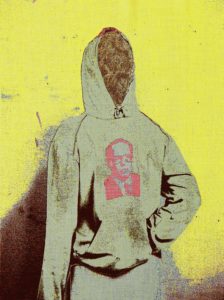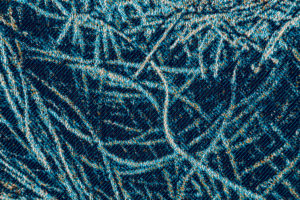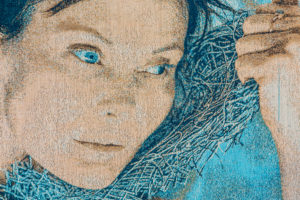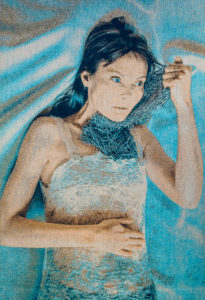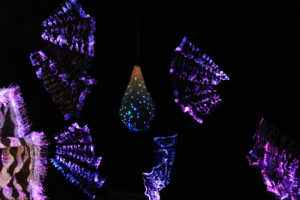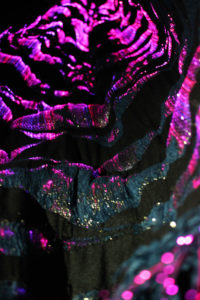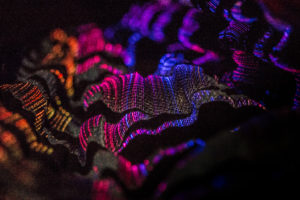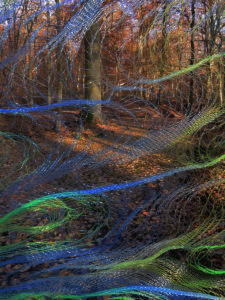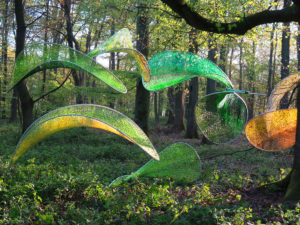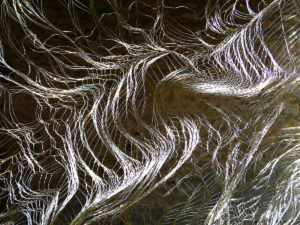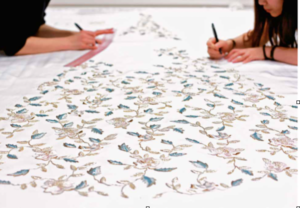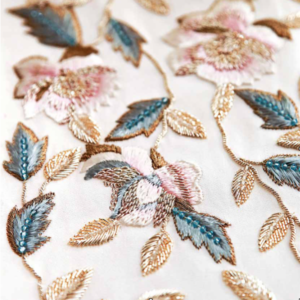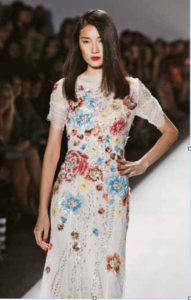February 12, 2018
In
Art, Textile Art
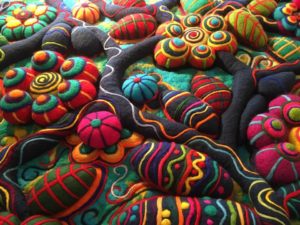
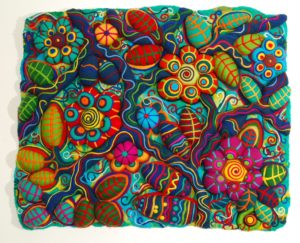
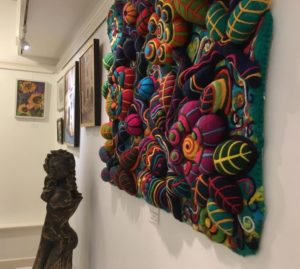
Magdalena Zofia Wynne-Griffith was born and raised in Poland before she came to London in 2001 where she has lived and worked here ever since.
Briefly what is your background in textiles eg. did you study or are you self taught?
I was introduced to textiles during my five years of Art College. It was then I fell in love in with tapestry making. When it comes to felting though, I am completely self-taught.
Eight years ago I went through a rough patch. I was looking for ways to cheer myself up, a new passion, something to bring colour and a bit of joy into my life. My sister introduced me to felted jewellery. In a matter of days, I was hooked. I wanted to know everything about the technique. I researched the topic online, watched numerous tutorials, bought a few books. I joined online and local feltmaker associations to see what fellow artist were up to. Two years later I took part in my first London exhibition.
What is it about felt that appeals to you?
“Painting” with wool combines my drawing skills, passion for colour and love of fibre crafts. Before getting into tapestry, I mainly produced black and white, intricate graphics and poster-like acrylics. Felting gives me the opportunity to transfer both into something completely unique, that can also cosy up a room and give any interior a wow factor.
How long did your piece take to make?
Anywhere between 3 weeks and 2 months. The process is incredibly laborious (every minute of it is pure joy). The timescale depends on the size and difficulty involved. Flat pieces are pretty straightforward. My woollen reliefs, on the other hand, require much higher level of skill and tones patience.
‘Floral Reef’ is such a vibrant and intricate piece can you please talk us through how you made it?
My work is based mainly on my own drawings, although I’ve translated a few well known masterpieces into the language of wool, too. In fact, the very first piece I created was based on Van Gogh’s Irises. I’m obsessed with flowers and strong women, and these two subject can be found in each of my tapestries.
To create a piece, I combine two main felting techniques: wet and needle felting.
Wet felting is the method that uses heat, water and agitation to shrink wool into dense material. I use it to form the background and the foundation of the final piece. They are canvases onto which I paint with my felting needles.
Needle felting interlocks wool fibers to form a more condensed material. It is much more time consuming, but gives me more control over the lines and colours. Every little step dictates another so, although the stabbing might seem mechanical, it never ceases be extremely creative too.
My 3 dimensional pieces are produced in exactly such way: every ball is made from layers of wool stabbed into each other, and then, again stabbed onto the background, without one stitch, nor a drop of glue.
I use organic, hand dyed Merino wool, occasionally combined with silk thread or a touch of synthetic fibres, just for that extra shining effect.
The colour is the key. I let myself go completely – the bolder the contrasting, the better. Wool gives me the opportunity of creating patches of clear, bright colours (bit like my acrylics) locked within dark contouring (bit like my graphics). My style has been compared my style to the art of stained glass.
I work constantly, switching between drawing and felting. I’ve recently begun series of Ladies Portraits.
ZofiaGraphy
feeltz.myportfolio.com
